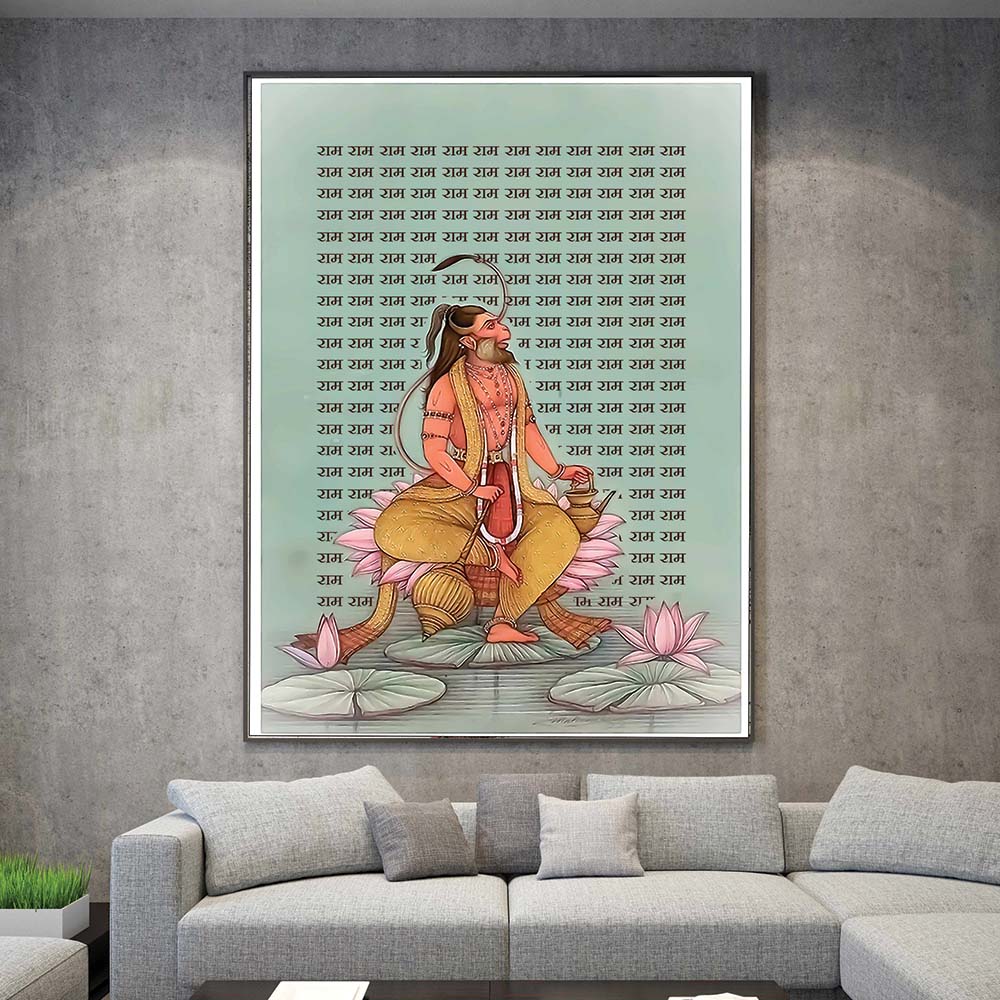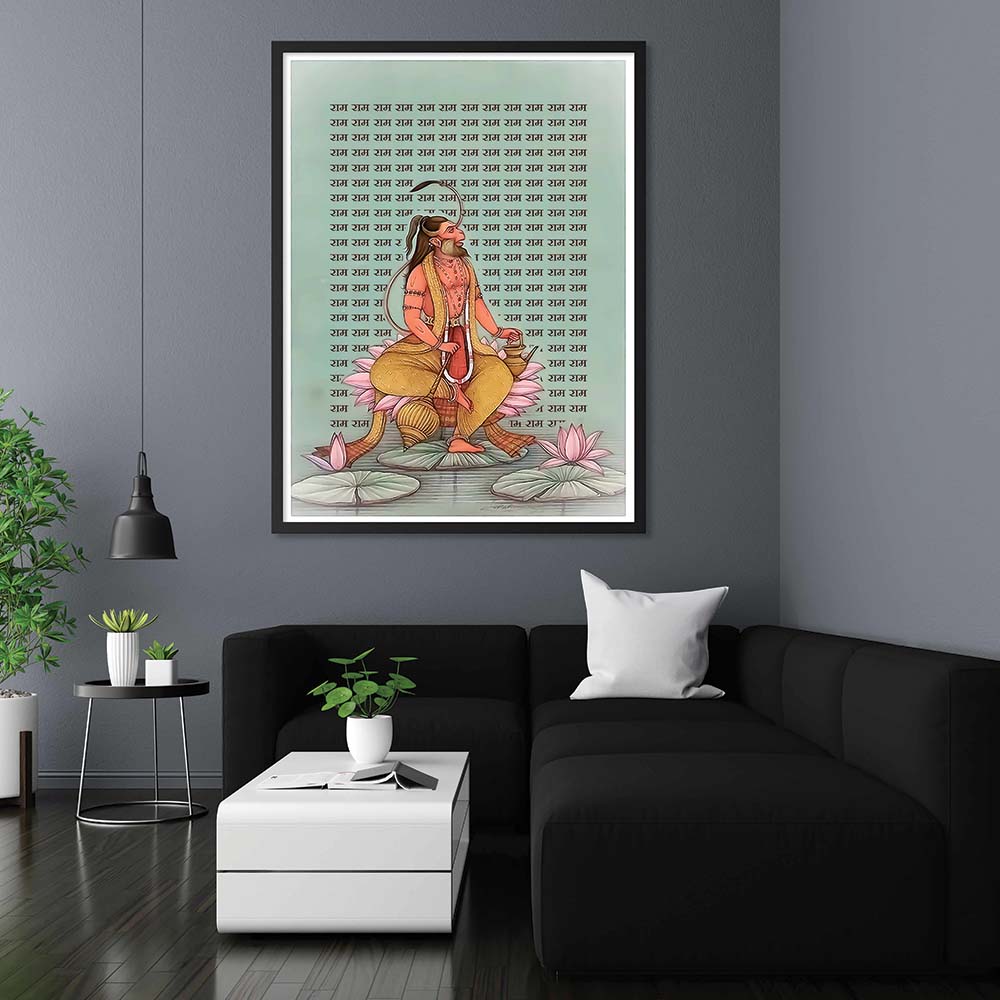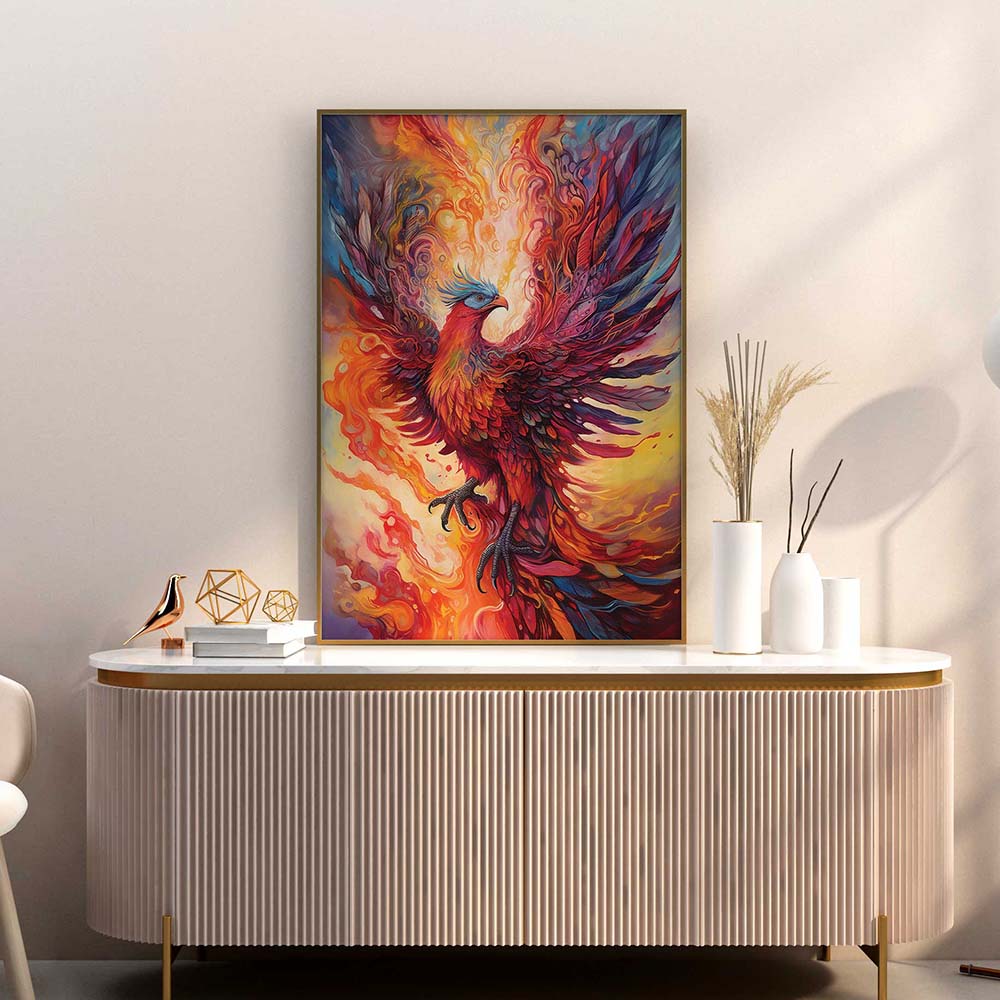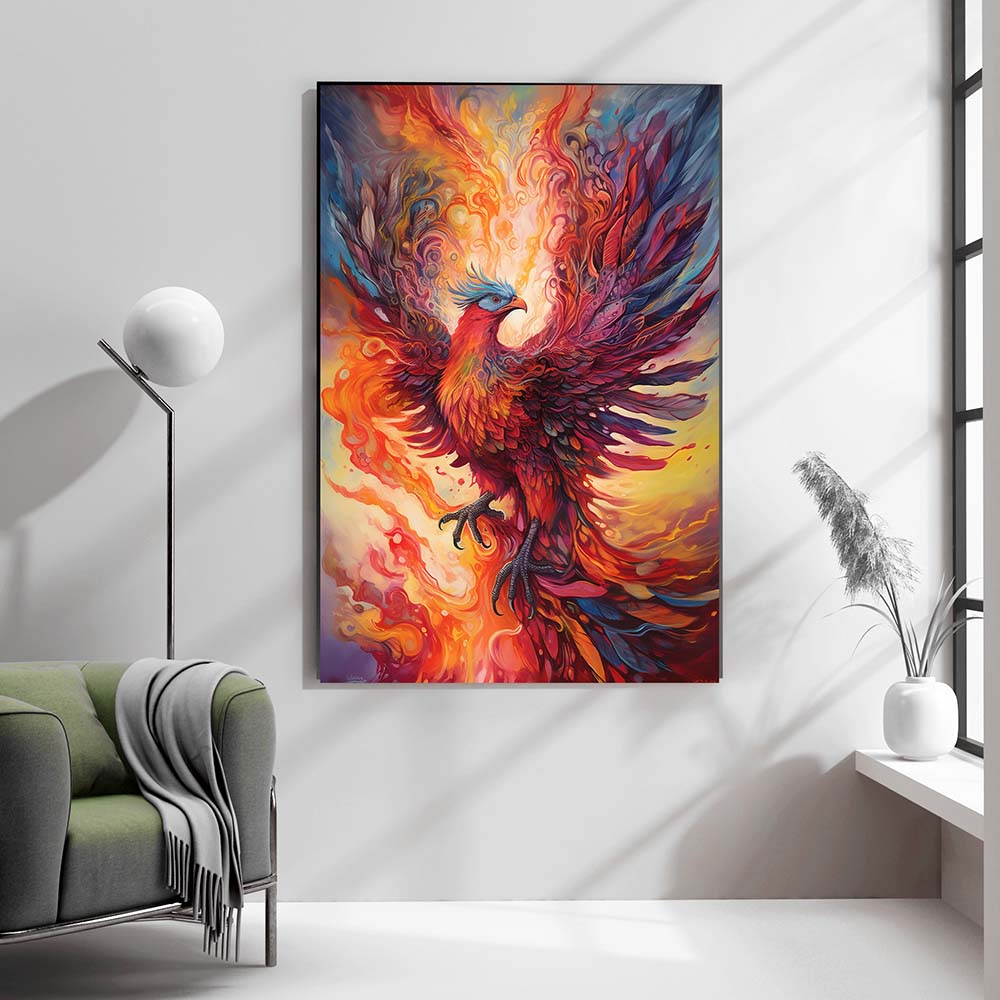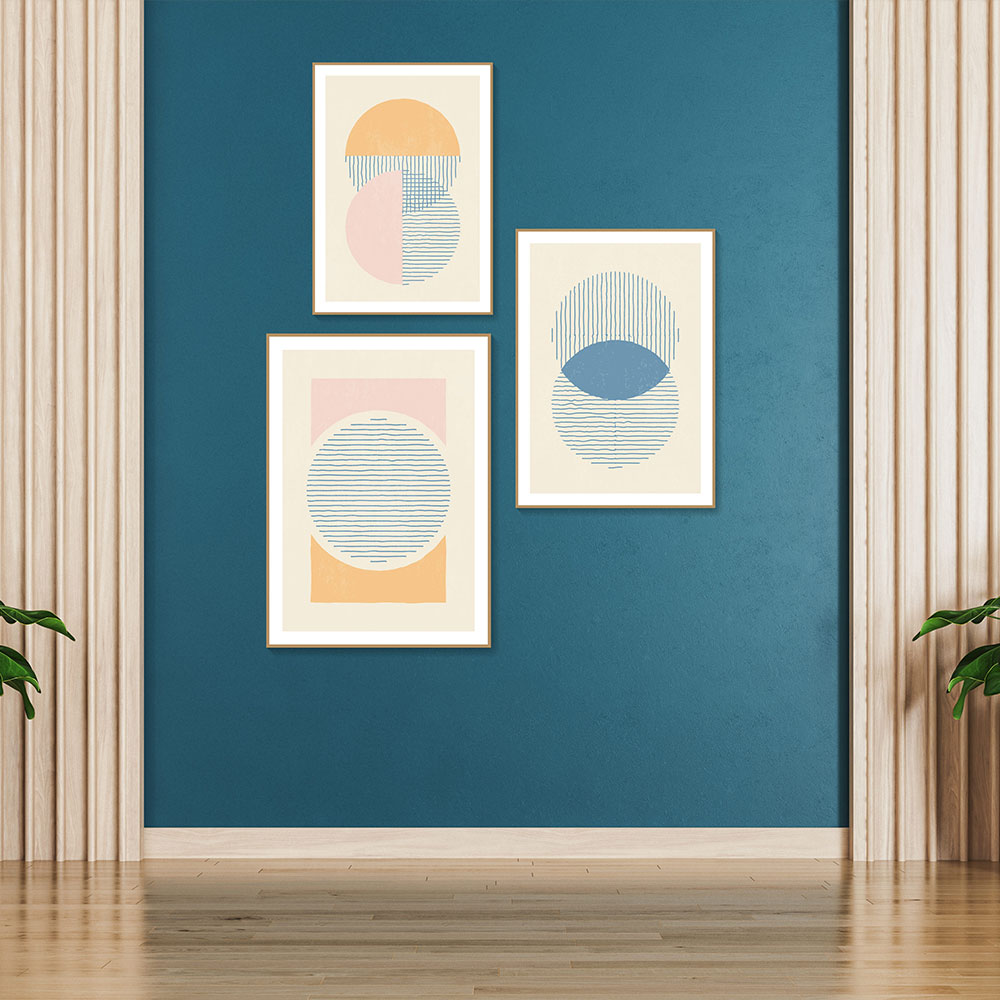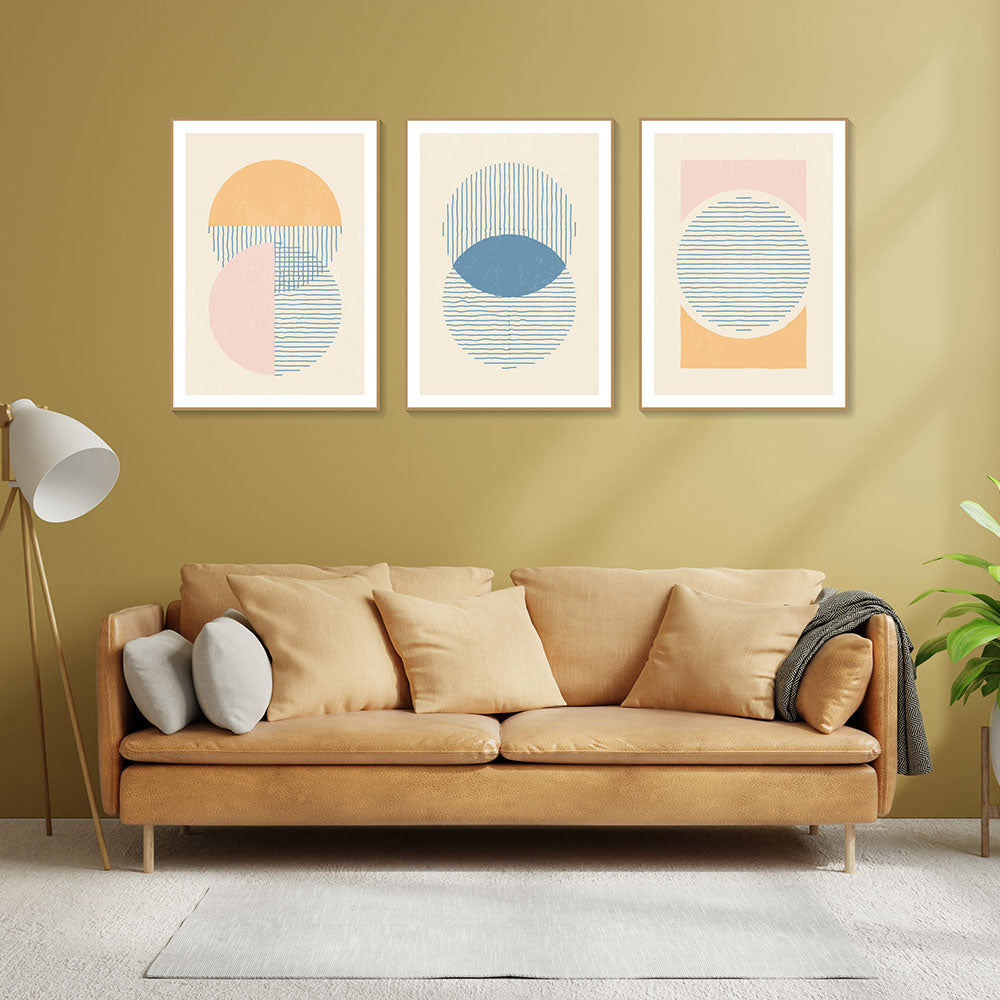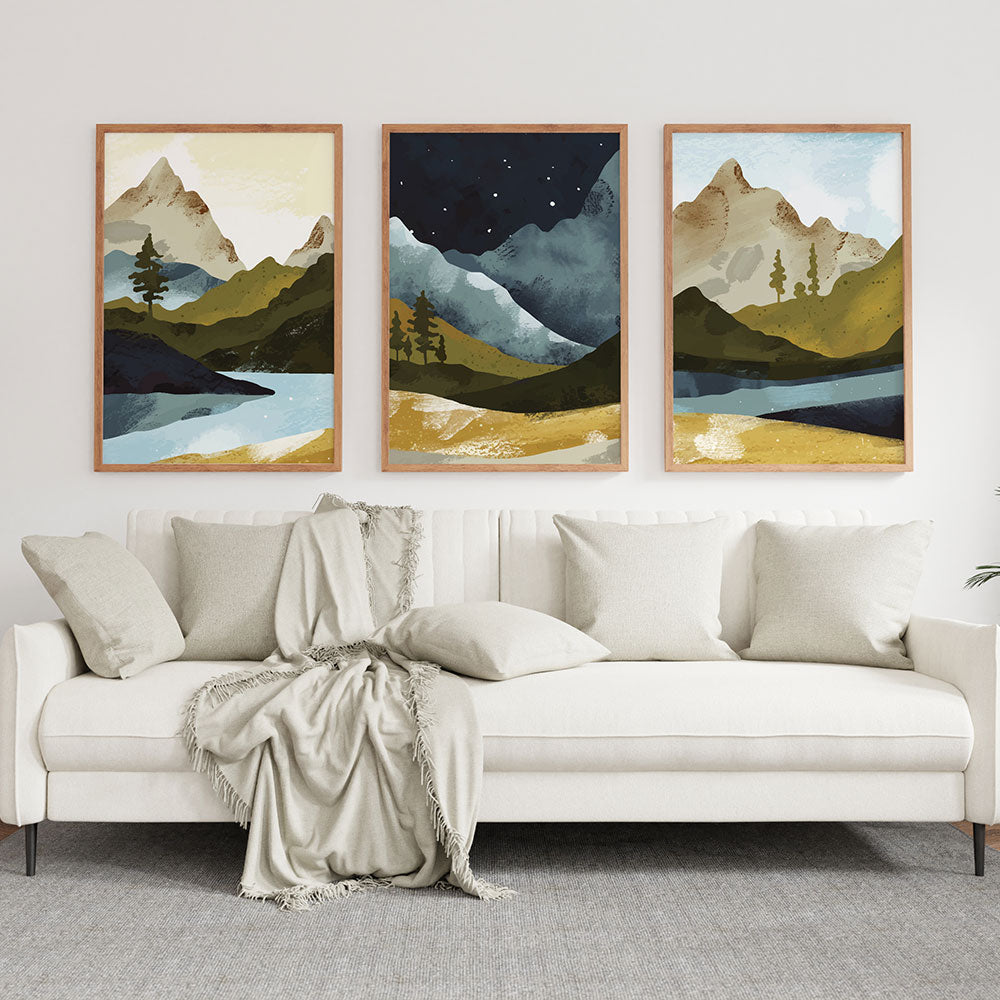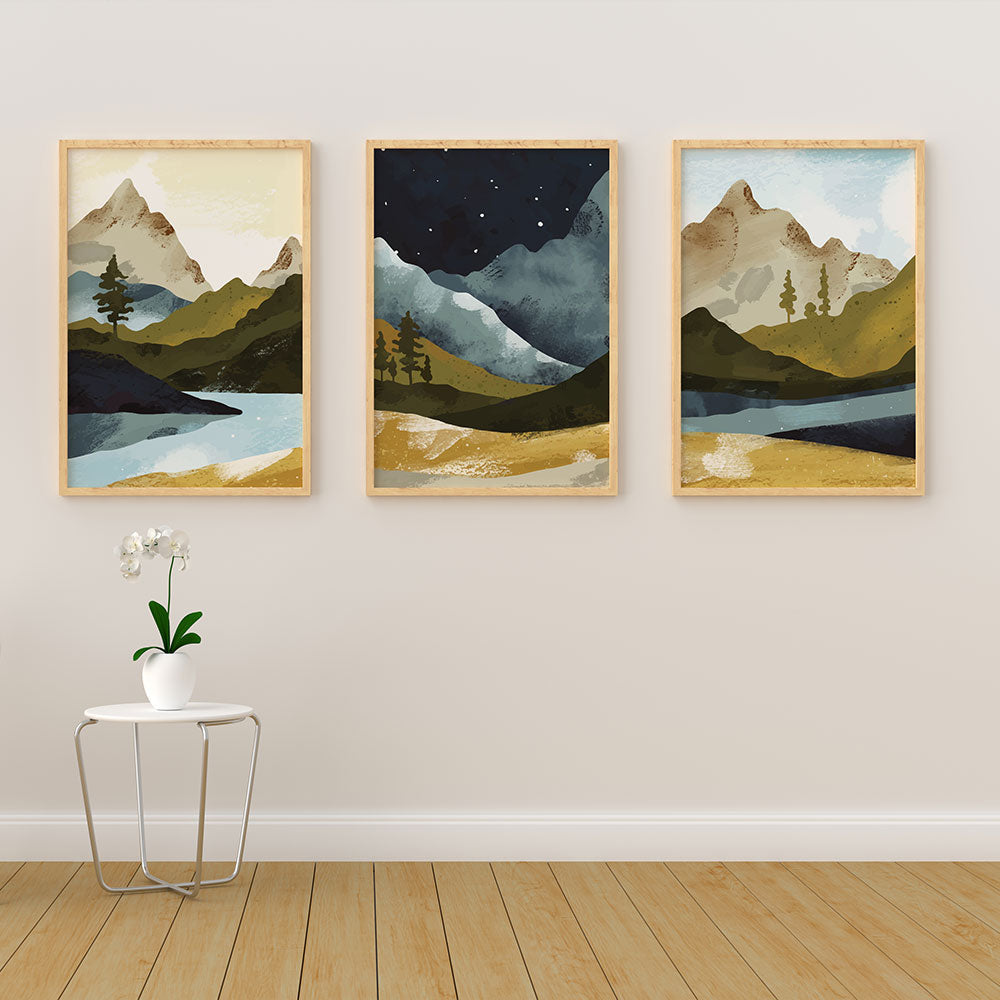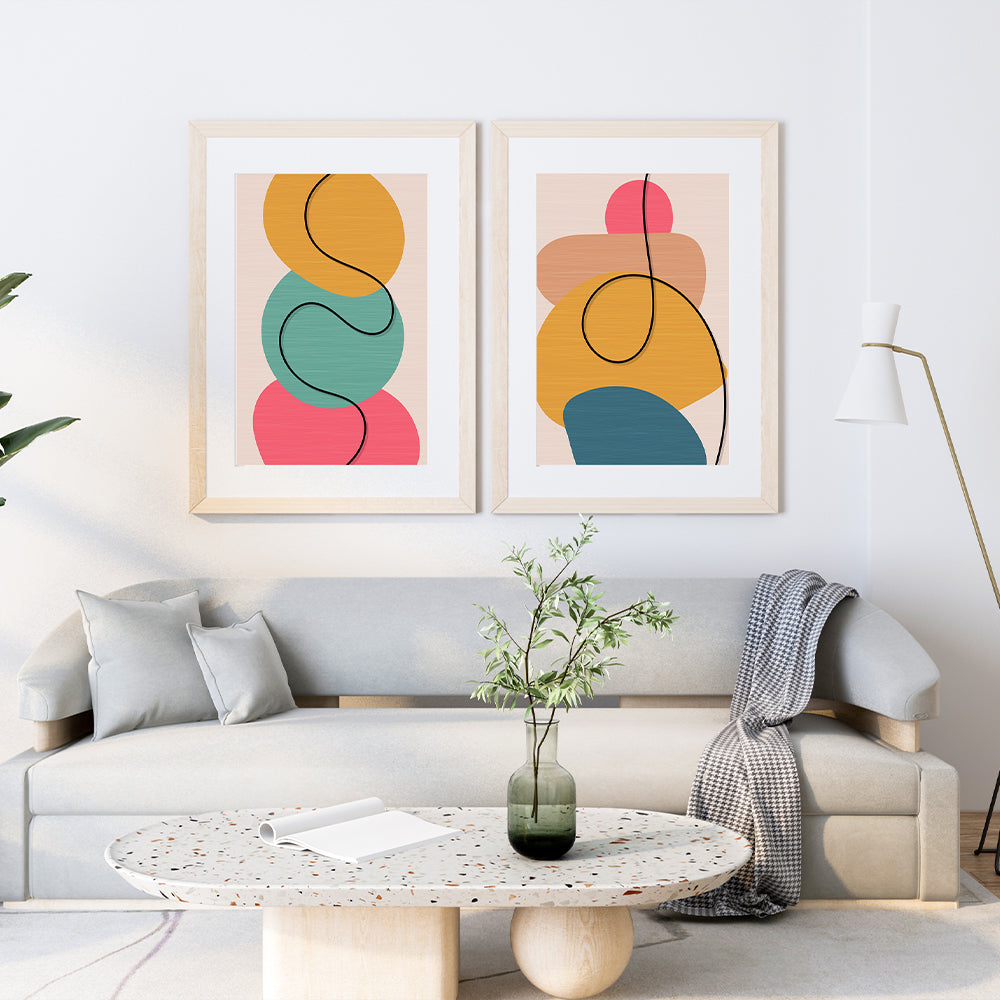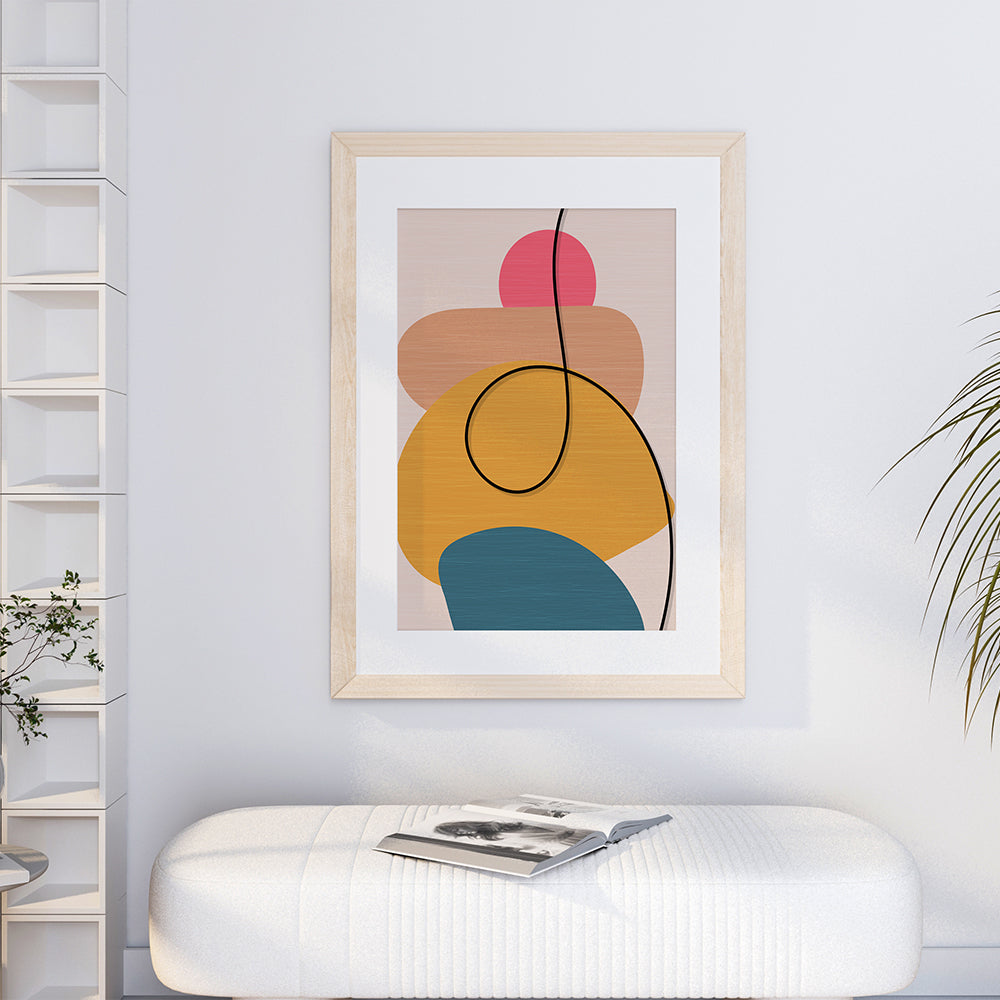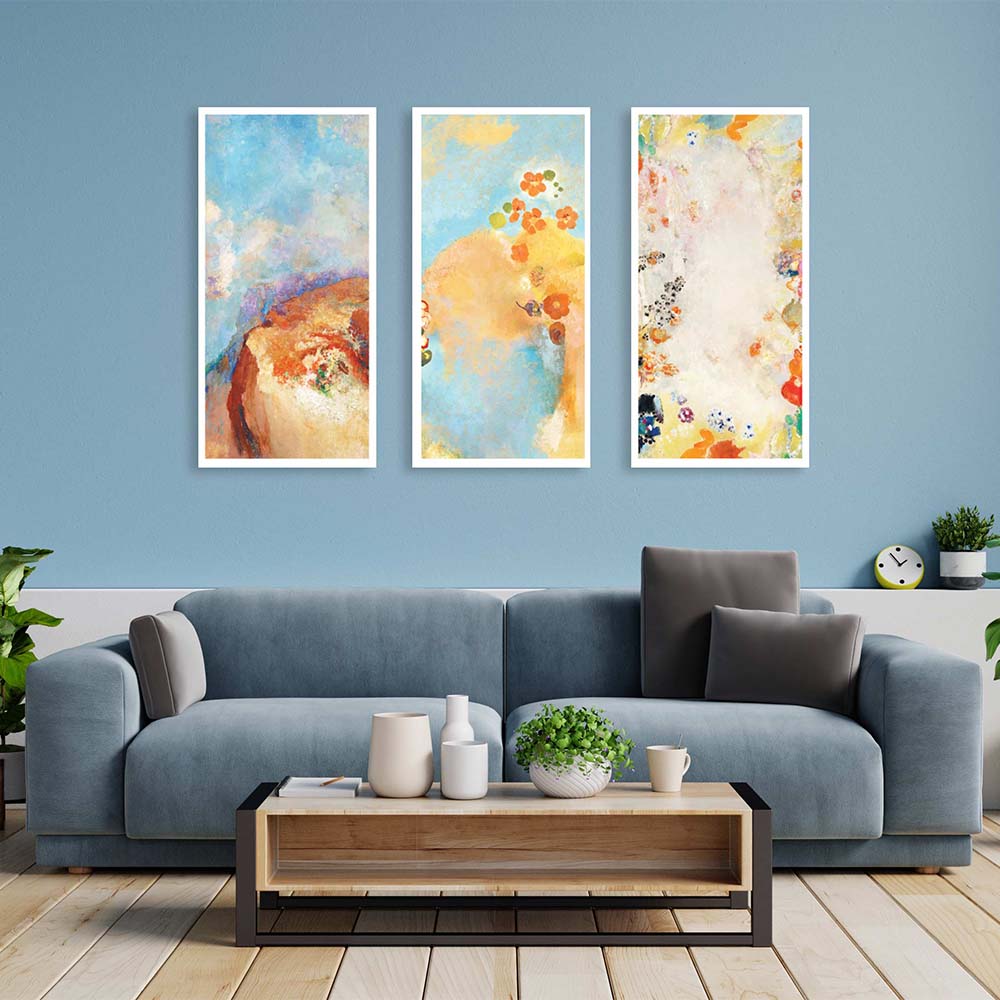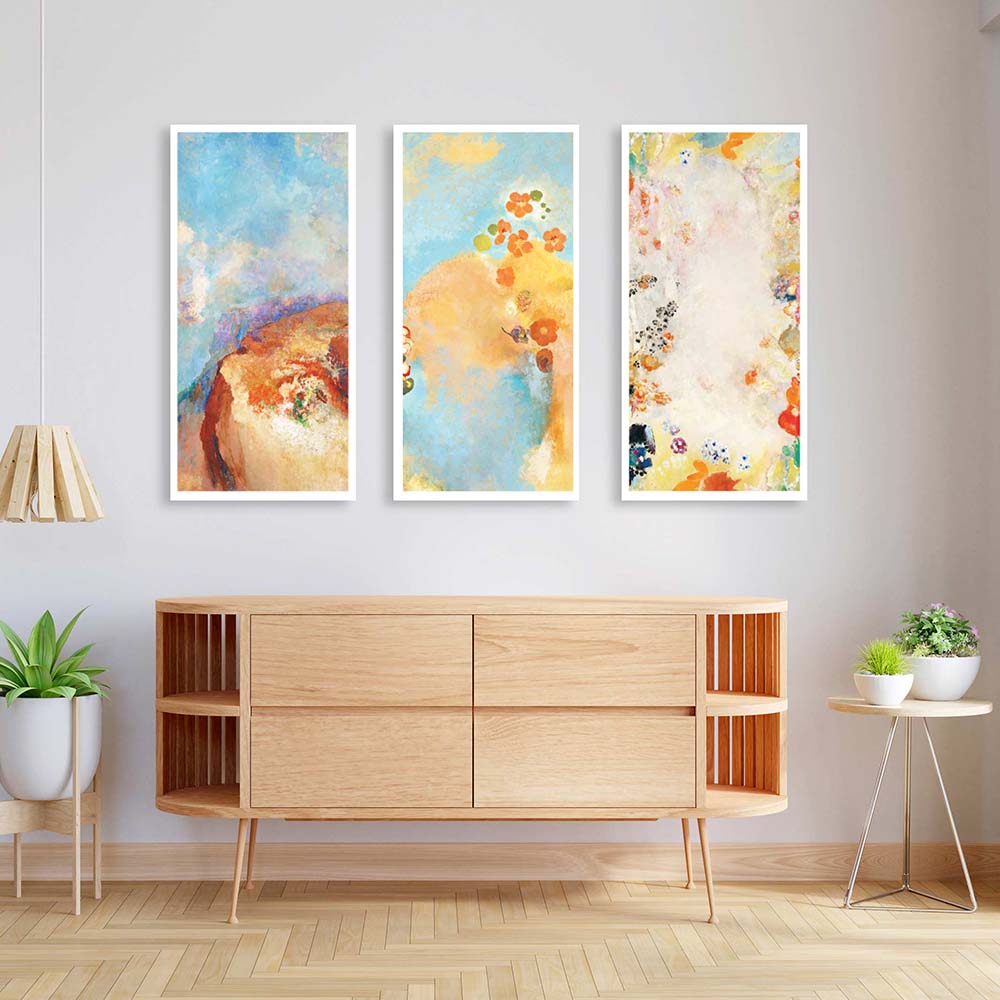A Closer Look at Pichwai Painting: Simple Facts
Nestled in the cultural heartland of Rajasthan, Pichwai painting emerges as a vibrant tapestry of tradition, spirituality, and artistic brilliance. This traditional art form, renowned for its intricate detailing and rich colors, has a captivating history that dates back centuries. In this article, we delve into the fascinating story behind the invention of Pichwai art, its cultural significance, and its role in the modern era. Let's unravel the tale of Pichwai painting and explore some interesting facets of this timeless art form.

A Journey Through Time, Tradition, and Modernity
The genesis of Pichwai painting can be traced to the 17th century in the sacred town of Nathdwara, Rajasthan. Legend has it that the art form was born out of the devout adoration of Lord Krishna, specifically in the Shrinathji Temple. Pichwai paintings were initially created to adorn the backdrop of the idol of Lord Krishna during various festivities and rituals. The term "Pichwai" itself, meaning "at the back" in Hindi, refers to the positioning of these elaborate paintings behind the deity.
The Story Behind Pichwai Art
Pichwai paintings predominantly depict scenes from the life of Lord Krishna, capturing the divine stories and playful exploits of the deity. From the enchanting Ras Leela to Krishna's mischievous escapades, each painting narrates a tale of devotion and spirituality. The artists, often hailing from a lineage of skilled painters, meticulously craft these artworks using traditional techniques that have been passed down through generations.
Cultural Significance
Pichwai paintings not only serve as religious artifacts but also contribute to the cultural tapestry of Rajasthan. These artworks are an integral part of the festivities and rituals in Nathdwara, enhancing the spiritual experience for the devotees. Over the years, Pichwai painting has transcended its religious roots, gaining recognition as a significant form of Indian folk art.

Role in the Modern Era
While Pichwai painting has deep roots in religious traditions, its role has expanded beyond the confines of the temple walls. In the modern era, Pichwai art has found a place in the broader art scene, captivating the attention of collectors, galleries, and art enthusiasts worldwide. Contemporary artists are embracing the essence of Pichwai painting, infusing new perspectives and experimenting with the traditional form to create a bridge between the past and the present.
Conclusion
In conclusion, a closer look at Pichwai painting reveals a rich tapestry of tradition, devotion, and artistic skill. The vibrant colors, intricate detailing, and deep-rooted cultural significance make Pichwai art a fascinating subject for exploration. Whether viewed as a religious artifact or appreciated for its artistic merit, Pichwai painting continues to enchant and inspire generations, ensuring its enduring place in the world of art.

















